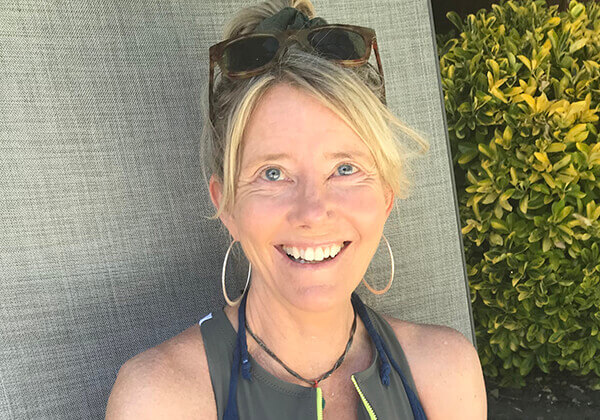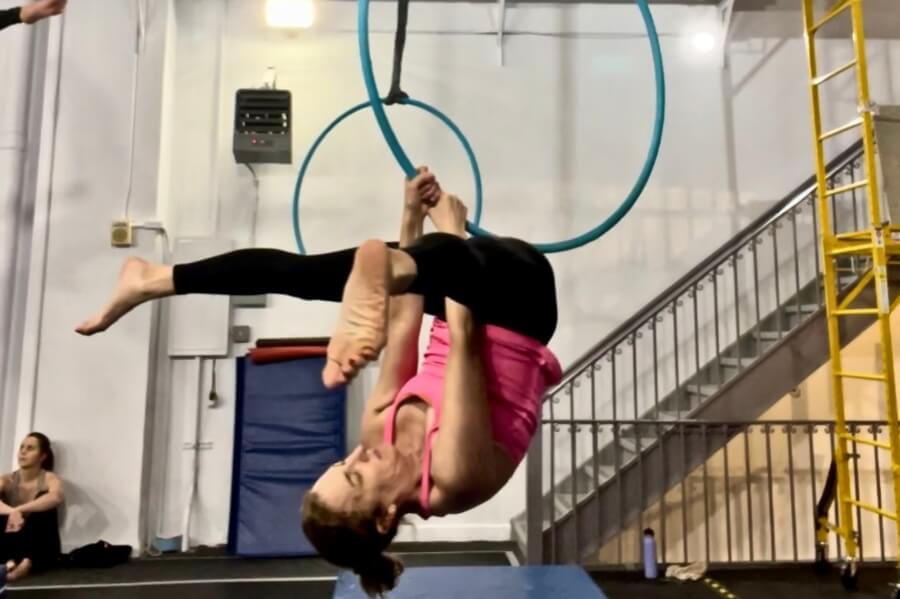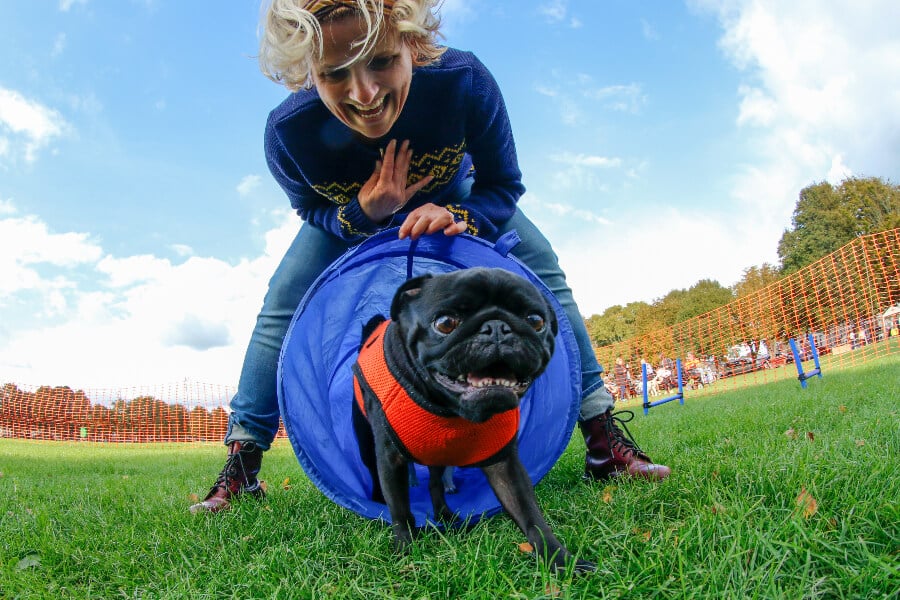Many years ago, as I sat with my mother-in-law going over plans for her blow-out 60th birthday party, I noticed there was something slightly different about the way she looked. Dorothy was as glam as a starlet, like a willowy version of Faye Dunaway, with the lustrous skin, stemmy legs, and dramatic personality to match. But that day she looked even more stunning than usual. More rested. Vibrant. Younger. I was tempted to chalk it up to pre-party excitement, but the change seemed physical. It was subtle, but undeniable.
I had married Dorothy’s handsome son, Gordon, just the year before. He was her everything; for our wedding, she bought matching luggage—for him and herself. So it came as a delightful surprise when she embraced me wholeheartedly. But I still felt like a curiosity, the pretty-but-not-beautiful nature girl who loved hiking and camping. (“Camping? In a tent?” Dorothy would ask incredulously when I’d drag her son off on wilderness excursions.) I loved my new mother-in-law, but I didn’t yet relate to her. She and I had little in common, I told myself, save for our mutual adoration of her son.
Read More: How Much Is Too Much When It Comes to Getting Work Done?
Women Who Have a Little Work Done

As I sat next to Dorothy—she in her Chanel jacket, me in my sweaty running clothes—I couldn’t resist the temptation to find out what she’d done. “Did you do something different with your hair?” I asked.
At age 31, I felt like I looked older than my mother-in-law.
Dorothy cast her luminous green gaze coyly downward, and, in the child-like voice she adopted when she wanted to get her way, said, “I had my eyes done.” When she looked up, I could see it: The minuscule smush of saggy skin above and below her eyes—her face’s single concession to gravity—was now as taut as a high-school prom queen’s.
“What do you think?” she asked.
I told her she looked fantastic.
But here’s what I thought: I can’t believe the most perfect-looking human I know had plastic surgery.
Followed instantly by: At 31, I look older than my mother-in-law.
It was an exaggeration, but not a whopper. Unlike Dorothy’s, my skin was far from flawless. My chin was sprinkled with acne scars, and I had developed horizontal tracks in my forehead in my late 20s. The situation got worse after Gordon and I had two sons. Crinkly lines spread steadily by the year, like a tiny crack in a windshield that inevitably spiders outward.
Does Everyone Look Younger Than Me?!
As I aged, Gordon, like his mom, remained preternaturally fixed in his early 30s. It bothered me when people—even good friends—would say, “Gordon looks so young!” I mean, how was I supposed to respond?
By my early 40s, I began comparing my aging rate to everyone I met, and, in my mind, I always came up short.
Mostly, I smiled and changed the subject—and coached myself through the resentment and anxiety afterward. You still run and hike and swim and snow ski, I told myself: Look at what your body can do! Why do you care how old you look? Even so, by my early 40s, I began comparing my aging rate to everyone I met, and, in my mind, I always came up short. I had friends who looked younger than I because they underwent “routine maintenance,” and friends who looked younger because they’d been blessed with good genes. But few, in my judgment, actually looked older.
So I decided to try Botox. It’s not plastic surgery, I reasoned. That was for the Dorothys of the world. But I figured it would be fun to see what I’d look like without those entrenched lines in my forehead.
It wasn’t. Within a week, a dull migraine settled in, and it didn’t lift till the toxin wore off. Worse, the treatment relaxed my muscles, making my forehead drop. As a result, my eyelids, which had already developed mushy pleats, like two sloppily folded sheets, looked older than usual. I was so happy to have the drug out of my system that it was actually a relief when my forehead returned to its usual worried-looking self.
I took that experience as a sign: Wrinkles and shrinking eyes be damned. I’d just have to settle for aging naturally.
Read More: $400 Creams, Cheaper Concealers, Surgery? One Woman’s Quest to Fix Under-Eye Puffiness
An Unexpected Lesson from My Mom
I undoubtedly would have, if something radical hadn’t happened. When I was 45, my mom went to see her eye doctor because she was having trouble with her peripheral vision while driving. “It’s not your vision,” he told her. “It’s your eyelids.” They were starting to droop so much they were impairing her ability to see. For her, the blepharoplasty that Dorothy had years before was medically necessary.
I developed a swoop of sagging skin below my eyes that made me look perpetually tired.
Mom was as unassuming as Dorothy was brash, as humble as Dorothy was haughty, as even-tempered as Dorothy was hot-headed. When Dorothy had the surgery, as fantastic as it looked, I’d embraced a rigid, “Never Me” mentality. When my mom had it at age 75, the results weren’t as dramatic. But I was set free, released from my “no surgery” belief system.
“I’m going to have my eyes done at some point, too,” I told Gordon, “and I’m going to do it long before I’m 75.”
I waited more than a decade, years during which my upper lids began encroaching more than ever on my pupils. Worse, I developed a swoop of sagging skin below my eyes that made me look perpetually tired. Only I wasn’t tired. I was more fit than ever. But not a single cream, oil or concealer—not even the sinfully expensive ones—could reconcile the disparity.
So in March a couple of years ago, at 56, I met with a plastic surgeon. He was part of Kaiser, our new insurance company. (Even though the procedure wasn’t covered, the price was a good $4,000 less than other plastic surgeons in the San Francisco Bay Area, about the cost of a decent, 15-year-old SUV.) I liked him instantly. He was thoughtful, easygoing, kind, cautious. “This is a great choice for you,” he said. “But I’d like you to think about it for a while. In my experience, the patients who are the happiest are the ones who don’t rush into it.”
I told him I’d give it some time. That night, I realized I’d been thinking about the surgery for 25 years. I scheduled my blepharoplasty the next day.
Getting an Eye Lift

The reality of plastic surgery is this: It’s both more minor and more major than you’d think. During the procedure itself, because I was doing both my lower and upper lids, I was intubated and given general anesthesia—a big deal that carries small but real risks of its own. For a week afterward, I looked like the bride of Frankenstein, with stitches and Steri-Strips surrounding my eyes, which were ringed with small purple bruises. When the stitches came out, the bruising had faded to a faint yellow and migrated to my cheeks, making me look vaguely unwell. I wore Garbo-esque sunglasses on the few occasions I ventured outside.
Having plastic surgery doesn’t transform you into someone else.
More surprising, I was exhausted that whole first week, not the three or four days everyone predicts. And it was a different kind of fatigue. It wasn’t like being sleep-deprived or wiped out from a long run; it was like my plug had been pulled, like my life force had been drained. I nodded off nearly every time I sat down.
Still, two weeks later I felt mostly better. My lids were a little swollen, like I had allergies, and the pink-ish scars were visible if you looked closely. But no one ever really did.
Although the doctor told me my eyes wouldn’t reach their final shape for another six to eight months, by four weeks post-surgery, they were more open and awake-looking than they had been in years. They still crinkled when I smiled, so the effect was subtle. But that was exactly what I wanted. When I ran into a friend I hadn’t seen in a while, I could see her studying my face. She finally asked, “Are you using a new skin cream? You look great!”
I wasn’t supposed to exercise strenuously for the first couple of months, but I felt good. So a month after surgery, I participated in a rutty, steep, 14-mile trail race with 4,400 feet of elevation gain and loss and achieved a personal best. Afterward, when I looked in the mirror, I liked what I saw.
In that moment I realized something that Dorothy had undoubtedly learned all those years ago, wisdom I might have gained back then, too, if I’d let her blepharoplasty experience bring us closer rather than seeing it as a symptom of our differences. Having plastic surgery doesn’t transform you into someone else. On the contrary, it made me look more like myself: the fit, healthy, not-yet-old woman I am on the inside.
***
Ginny Graves is an award-winning writer whose work focuses on women and the issues that fascinate, inspire, worry and beset them. Her features have appeared in dozens of national magazines, including O, Vogue, Glamour, Cosmopolitan and National Geographic Adventure.





















0 Comments